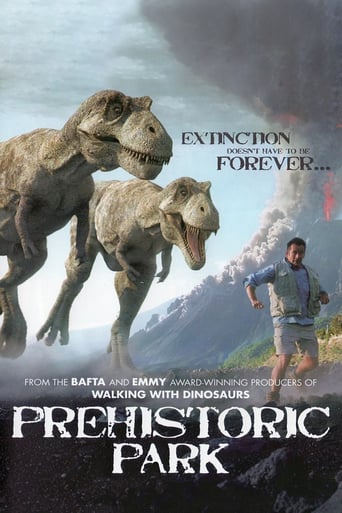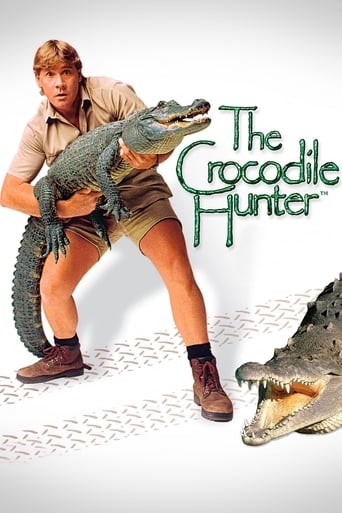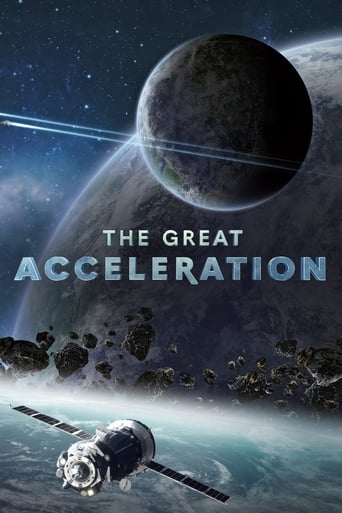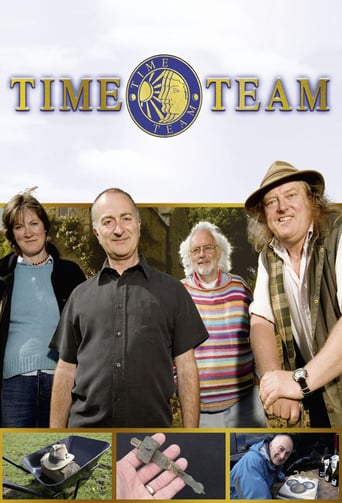
Trailer
Synopsis
A lecture series about the basic problems of flight, explained by visual presentation of flow experiments. As the material of the lectures should be understood by every interested listener, no mathematical or other theoretical knowledge is used for explanation. Every problem is demonstrated by a true-life experiment and purely scientific language is avoided. Each of the lectures deals with a basic problem of flight. The experiments are mostly shown as flow picture but at certain points scale models and flying models are used to ensure easier understanding.
Episode 13 : Modern Problems of Flight
March. 26,1959
Discusses new aerodynamic problems caused by high speed flight. Explains the different flow regions corresponding to the subsonic, transonic, and supersonic velocities. Demonstrates the generation of shock waves in supersonic flow. Shows filmed sequences of supersonic flow configurations. Points out and demonstrates the basic concept of the newest development in wingless aircraft, the Aerodyne.
Episode 12 : Flight of Nature
March. 19,1959
"Man seems to have surpassed nature as he can fly faster and higher than the natural flying creatures. But further study of the flying habits of birds and insects is still necessary." Dr. Lippisch presents a discussion on the wing motion of birds and insects and how the texture and shape of the wings differ with the various birds and insects. Not only airborne animals apply the laws of fluid motion; the program also presents the propulsive systems of fish and shows the action of the fishtail-propeller in the Smoke Tunnel.
Episode 11 : The Story of the Vortex
March. 12,1959
Defines a vortex and explains its structure. Shows several types of vortex including the ring, tip and thermal vortex. Uses the smoke box, water tank, and motion pictures of tornadoes to illustrate how a vortex behaves.
Episode 10 : Lift Theory and High Lift Devices
March. 05,1959
Explains the principles of lift. Uses the smoke tunnel to demonstrate the methods developed to produce wings with high lift capacity. Discusses stalling and how it is prevented.
Episode 9 : Different Aircraft Systems
February. 26,1959
The first airplane to fly was what would be called today a Canard Type airplane; it had a horizontal stabilizer in front of the main wing. Today’s Conventional Type plane has the stabilizing surfaces are of the same size. Dr. Lippisch explains all three models. He also describes the Allwing Type plane which is made by combining wing and tail surfaces, sweeping the wing tips backward, and placing the control areas on the wing tips. He discusses the fundamental law of stability and demonstrates this on models in flight and in the Smoke Tunnel.
Episode 8 : The Induced Drag
February. 19,1959
Discusses induced drag which is directly connected with the principles of lift and demonstrates the vortex configuration caused by the wing tip. Illustrates with diagrams and models in the wind tunnel.
Episode 7 : The Problem of Drag
February. 12,1959
Discusses and demonstrates the problem of drag created by friction and turbulence. Explains the need for a high ratio of lift to drag' to produce an aircraft with good performance characteristics. Illustrates with diagrams and models in the wind tunnel, also uses high speed photography of air movement over a wing in the wind tunnel.
Episode 6 : Propulsion
February. 05,1959
After the lift, stability and control problems were solved, a propulsive system was needed to make the aircraft fly. The first propulsion device - the propeller - is still in use today. Dr. Lippisch explains the design of the propeller and demonstrates the lifting propeller - the Helicopter Rotor.
Episode 5 : Stability and Control
January. 29,1959
Even before the improved lift devices were designed, the stability and control problems had to be solved and further improvements incorporated into the original systems. Dr. Lippisch illustrates how the stability and control system of the Wright brothers' glider differs from the system on the conventional aircraft of today.
Episode 4 : The Discovery of Dynamic Lift
January. 22,1959
The Wright Brothers solved three problems with their first plane: lift, control, and propulsion. The problem of lift was the one which caused the most controversial opinions between scientists and engineers. Dr. Lippisch traces the development of the cambered wing section until a streamlined cambered plate led to the development of the modern wing profile.
Episode 3 : The History of Early Flight
January. 15,1959
Dr. Lippisch's theme is the historical development of the flying machine. He begins his lecture with a short demonstration of Penaud's model. He shows how the invention of the cambered wing led to the first man-carrying aircraft, the glider. The next problem, the problem of control, was not conceived until the Wright Brothers began their pioneering glider experiments in Kitty Hawk, and Dr. Lippisch shows a scale model of their last (1902) glider and its control arrangement is demonstrated. As he shows film clips of the Wright Brothers' airplane, he explains the function of this first power aircraft.
Episode 2 : The Laws of Fluid Motion
January. 08,1959
Dr. Lippisch points out the main problems of flight: lift and drag, control and stability, and propulsion. He explains the correlation between flow velocity, the local pressure, and the distance between streamlines. A picture of a light plane in flight is projected into the wind tunnel so that viewers may have a side view of such a plane and the streamlines around it. He explains velocity distribution and demonstrates how increasing speed diminishes the pressure on a surface and vice versa.
Episode 1 : Preview
January. 01,1959
Dr. Alexander Lippisch introduces his series and the basic laws of fluid motion by means of new methods of visualizing the flow phenomenon. He also introduces the Smoke Tunnel (a type of wind tunnel) which is so designed as to make it possible to observe the entire flow field and to see clearly the action of the aircraft components. He shows how the first man-made flying vehicle, the kite, is a primitive application of the dynamic lift of the flat plate.
Seasons
Similar titles

Prehistoric Park
Using his knowledge of today’s animal kingdom and the latest research, wildlife adventurer Nigel Marven uses a time portal to take him into the past, on a quest to rescue long lost prehistoric creatures.

A Believer's Guide to...
Life's pivotal moments - from becoming parents to losing a loved one. In times of challenge, crisis and change, how believers find strength and community through their faith.

You've Been Scammed By Nigel Latta
While scams have always been around, the internet means the number of people falling for them is rising exponentially. Nigel Latta shows us different types of scams and the specific traits that make us vulnerable to being ripped off!

The Crocodile Hunter
The Crocodile Hunter is a wildlife documentary television series that was hosted by Steve Irwin and his wife Terri. The show became a popular franchise due to its unconventional approach and Irwin's approach to wildlife. It spawned a number of separate projects, including the feature film The Crocodile Hunter: Collision Course and two television spinoffs: The Crocodile Hunter Diaries and Croc Files. The series has been presented on Animal Planet and has been in international syndication on networks worldwide.

Antiques Roadshow
Antiques Roadshow is a British television show in which antiques appraisers travel to various regions of the United Kingdom to appraise antiques brought in by local people. It has been running since 1979. There are also international versions of the programme.

They Spoke Out: American Voices Against the Holocaust
In the tradition of WWII-themed graphic novels such as Maus, six remarkable motion comics tell the dramatic stories of the brave people who raised their voices to advocate for Jewish refugees victimized by the Nazis

The Great Acceleration
This remarkable science-history series investigates the blistering pace of human endeavour in space exploration, computing, energy, resources, Earth science and our understanding of the evolution of life itself.

Zoboomafoo
Zoboomafoo is an American children's television series that aired from January 25, 1999, to April 28, 2001, and is still shown today in syndication depending on the area, and it is regularly shown on PBS Kids Sprout. A total of 65 episodes were aired. A creation of the Kratt Brothers, it features a talking Coquerel's Sifaka, a type of lemur, named Zoboomafoo, or Zoboo for short, and a collection of repeat animal guests. Every episode begins with the Kratt brothers in "Animal Junction", a peculiar place in which the rules of nature change and wild animals come to visit and play. After January 16, 2004, the show was pulled from its weekday airing on most PBS stations, though some continue to air the show.

The Really Wild Show
The Really Wild Show was a long-running British television show about wildlife, broadcast by the BBC as part of their CBBC service to children. It also runs on Animal Planet in the US.
The show was broadcast continuously since 21 January 1986. In April 2006 the BBC announced that the show would be axed that summer, and as such the last ever episode was shown in April 2006, giving the show a run of 20 years.

Time Team
Time Team is a British television series which has been aired on British Channel 4 from 1994. Created by television producer Tim Taylor and presented by actor Tony Robinson, each episode featured a team of specialists carrying out an archaeological dig over a period of three days, with Robinson explaining the process in layman's terms. This team of specialists changed throughout the series' run, although has consistently included professional archaeologists such as Mick Aston, Carenza Lewis, Francis Pryor and Phil Harding. The sites excavated over the show's run have ranged in date from the Palaeolithic right through to the Second World War.
Top Streaming TV Show
#1

Ikaw
November. 12,2021
5.9
#2

Dexter: New Blood
November. 07,2021
8
#3

Money Heist
May. 02,2017
8.4
#4

Chicago Fire
October. 10,2012
8
#5

Emily in Paris
October. 02,2020
6.8
#6

The Witcher
December. 20,2019
8
#7

Yellowstone
June. 20,2018
8.7
#8

Squid Game
September. 17,2021
8
#9

The Bachelorette
September. 23,2015
5.3
#10

See
November. 01,2019
7.6

